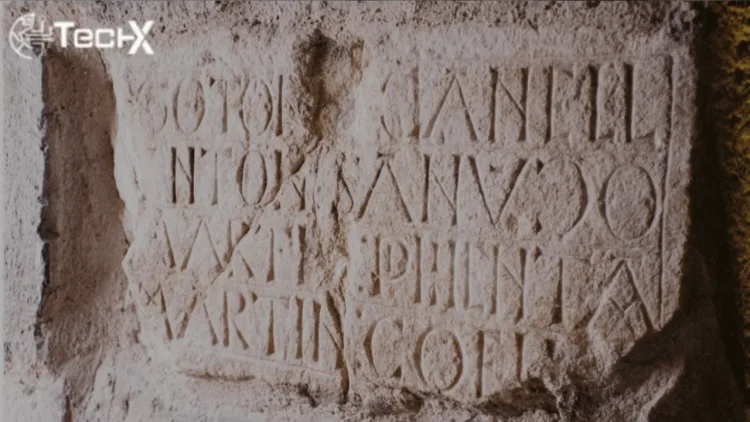Google DeepMind has unveiled Aeneas AI, a revolutionary model merging artificial intelligence and archaeology. Named after the Trojan hero, it reconstructs ancient Latin texts from damaged or incomplete inscriptions. This innovation grants historians unprecedented access to the Roman Empire’s written legacy. By analyzing degraded artifacts, Aeneas AI deciphers lost texts, offering fresh insights into history, culture, and governance.
How Aeneas AI Deciphers Ancient Texts
Trained on 200,000 Latin inscriptions from stone, pottery, and metal, Aeneas AI excels at interpreting eroded or fragmented writings. Using a multimodal transformer architecture, it predicts missing text, dates inscriptions, and links artifacts across eras. Its ability to restore illegible passages surpasses traditional epigraphy methods, making it invaluable for reconstructing historical narratives previously deemed lost.
Unlocking the Past with Advanced Data Analysis
Aeneas AI’s dataset spans 16 million Latin characters, covering the 7th century BC to the 8th century AD. It accurately fills gaps, dates texts within ±13 years, and identifies geographic origins. Additionally, it highlights semantic parallels between artifacts, revealing cultural and linguistic shifts. This capability transforms how scholars study religious practices, administrative changes, and regional dialects across centuries.
Also Read: UAE Announces Visa Exemption for Pakistani Passport
Democratizing Research with Open-Source Data
Google DeepMind has open-sourced Aeneas AI’s dataset and model via the platform Predicting the Past. Universities worldwide can now access this tool for academic projects. Institutions like Oxford, Warwick, and Athens University of Economics and Business have already integrated it into curricula. By providing digital syllabi and sample projects, Google ensures seamless adoption, empowering future historians.
AI’s Expanding Role in Historical Studies
Aeneas AI’s success has spurred interest in applying similar models to other ancient scripts. Efforts are underway to decode Ancient Greek, Cuneiform, and Egyptian hieroglyphs. However, challenges persist due to limited surviving data and inconsistent orthography. Despite this, AI-driven epigraphy promises to resolve long-standing debates on chronology, empire-building, and cultural identity, reshaping historical research.
Conclusion: A New Era for Archaeology
By open-sourcing Aeneas AI, Google enables global scholars to reconstruct Latin inscriptions with unmatched precision. This tool bridges technology and history, unlocking lost narratives and democratizing knowledge. As AI advances, its role in archaeology will expand, offering deeper insights into humanity’s past and preserving cultural heritage for future generations.
















